Califas
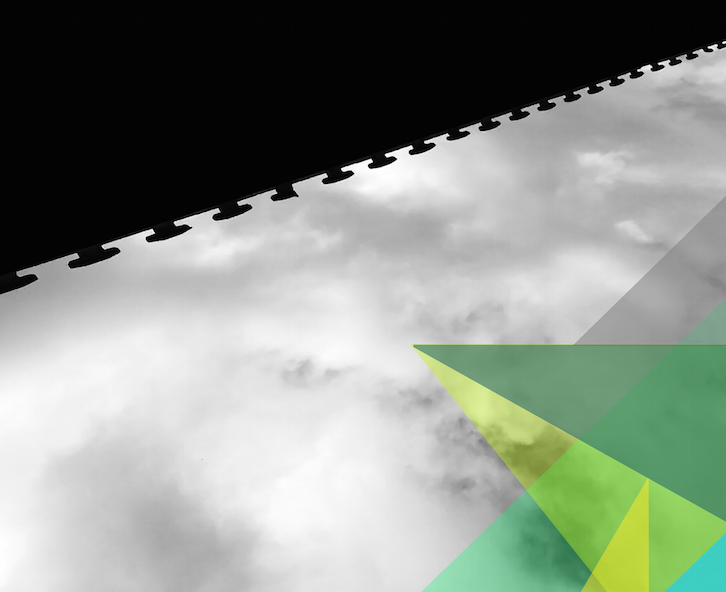
Califas: Art of the US-Mexico Borderlands Exhibition Dates: September 11 – November 16, 2018 Reception: Saturday, September 8, 5-7pm The Artists of Califas: A Special Presentation and Performance: September 19, 6:30-8:30pm What is Border Art? Panel Discussion: November 3, 11:00am-12:30pm Exhibition Catalogue PDF Califas: Art of the US-Mexico Borderlands / El Arte de la Zona Fronteriza […]
Strange Forest
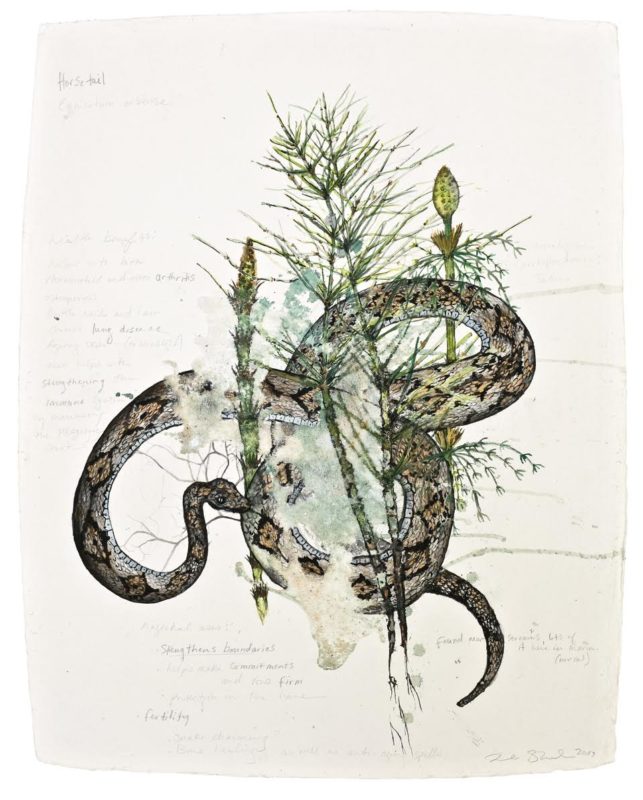
Strange Forest presents contemporary drawings devoted to abstract and surreal dimensions of the natural world. Utilizing techniques of botanical and scientific illustration, six Bay Area artists – Leo Bersamina, John Casey, Masako Miki, Nora Pauwels, Lela Shields and Elizabeth Sims – take on the role of experimental naturalists. Through processes such as painstaking delineation, classification, […]
Small Works
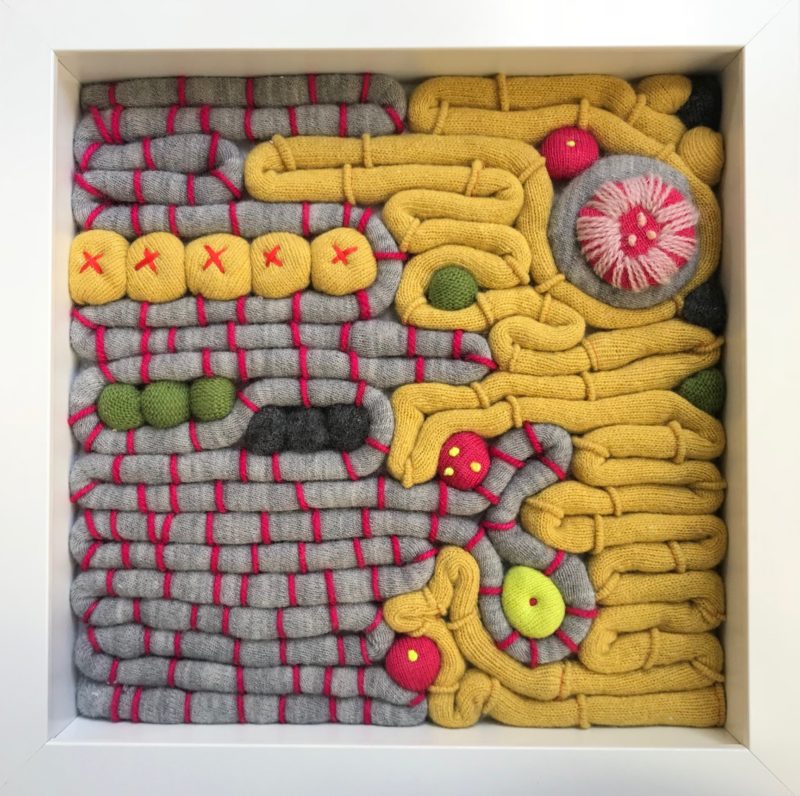
Small Works: Selections by Phil Linhares features original small works of art (up to 14 inches) by California artists, representing a wide range of media, artistic styles and topics. Total cash awards of $1,000. Juror’s Statement: “As juror for the Small Works exhibition I was very pleased by the quality of the work submitted. Approximately […]
2018 Members’ Show
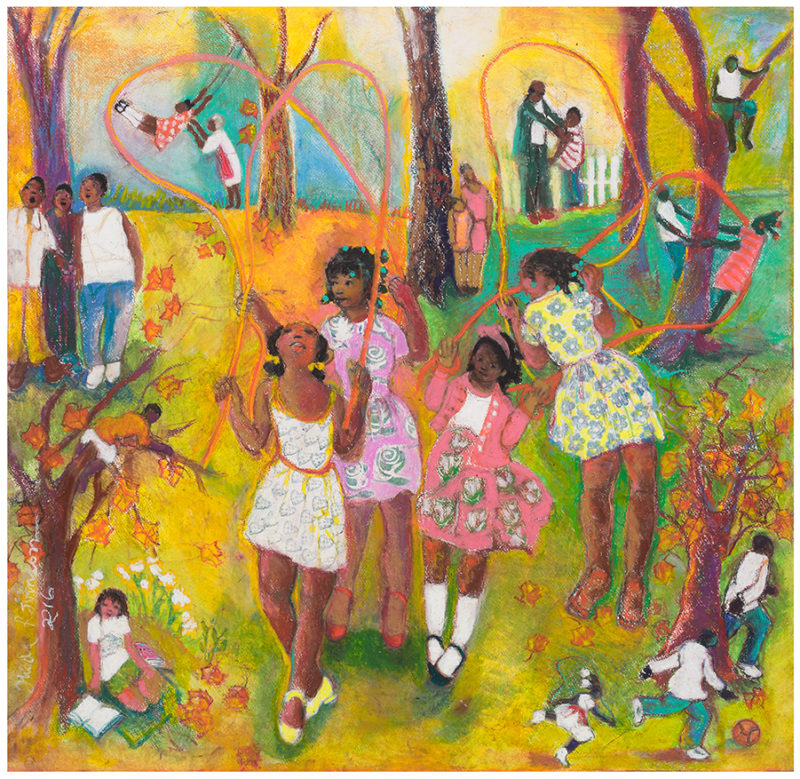
Each year, the Richmond Art Center invites our members to participate in our Annual Members’ Show, which is showcased in our Main and West Galleries. This year’s featured Member Spotlight Artists are John Friedman, Ed Lay, Hilda Robinson, and Sandy Walker. Please be sure to join us for the Opening Reception on Saturday, June 9, from 5:00 […]
Richmond Creates: 6th Annual Art in the Community Student Show
Richmond Creates: The 6th Annual Art in the Community Show brings a portion of the work created this year in our off-site satellite classes here to the Richmond Art Center. The artists shown here range from ages 5 to 85 and were all participants in 6-10 week art classes held at local school and community centers. […]
WCCUSD Student Art Show
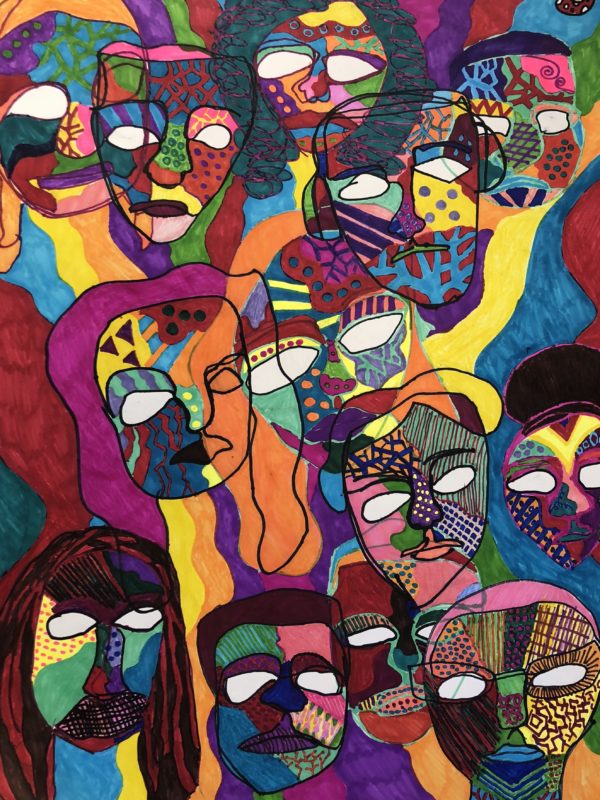
In collaboration with the West Contra Costa School District (WCCUSD), the Richmond Art Center will present the annual West Contra Costa Unified School District Art Show in its Community Gallery. The Richmond Art Center has a prosperous and long-standing 53-year partnership with the WCCUSD, and this year there are over 300 works of various media […]
Face Forward
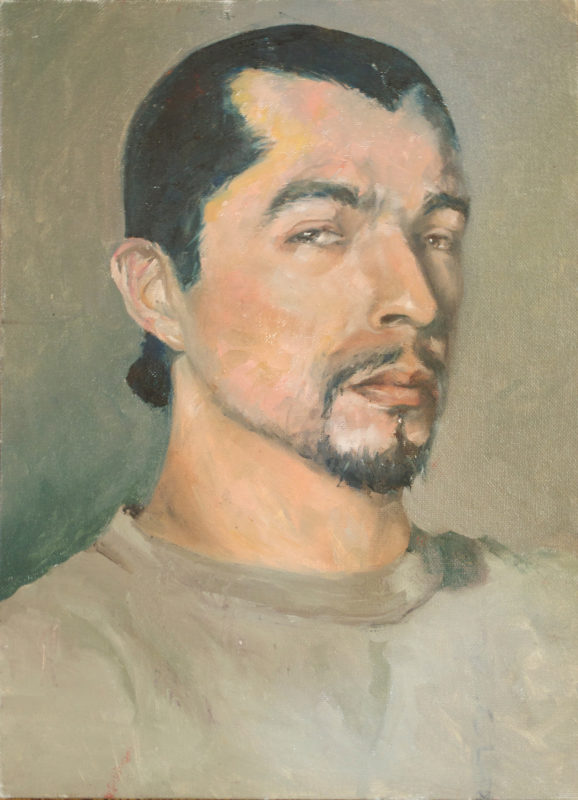
Face Forward: Self-image & Self-Worth Artists Panel Discussion: Saturday, April 7, 2-4pm The group exhibition, Face Forward: Self-Image & Self-Worth, includes artists working across many platforms to address issues of identity, race, gender, status and societal values. Painting, photography, sculpture, and video present the variety of ways in which artists situate themselves in life. Over the centuries […]
The Cutting Edge: Collage
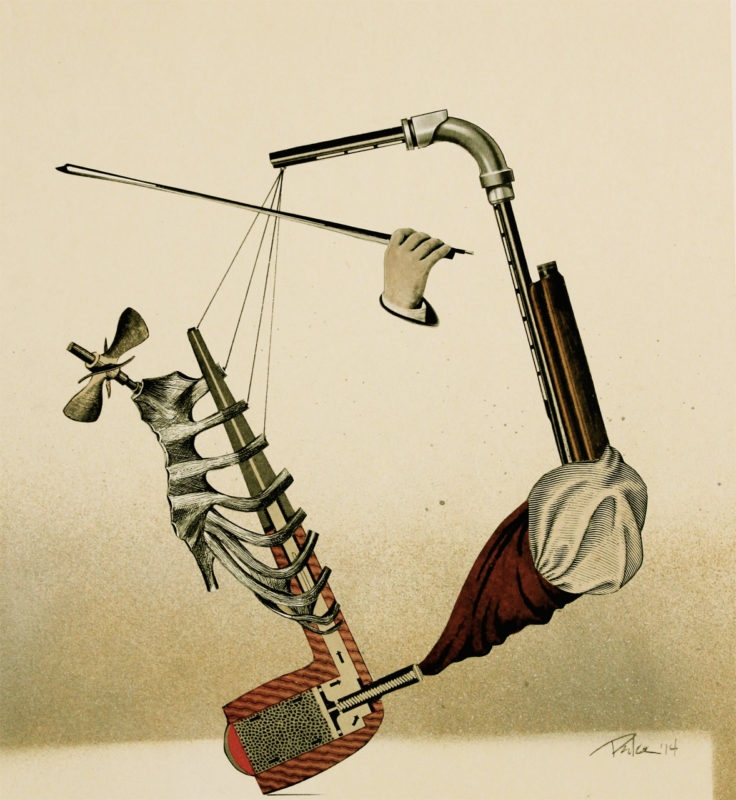
The century of collage that began with George Braque and Pablo Picasso taking wallpaper or newspaper directly to drawing or painting opened a floodgate of exploration and expression making use of diverse materials in concert. Of today’s moment, the seven artists in The Cutting Edge exhibition sharpen their vision employing scissors and wit, glue and […]
The Art of Living Black 2018
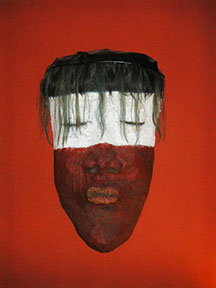
The Art of Living Black, now in its 22nd year, speaks to a long history of social struggles, cultural affirmation, and art making as a transformative practice. As a preview exhibition and self-guided open studio art tour that recognizes Bay Area artists of African American descent, the exhibition contains a vast range of artistic endeavors, […]
In Focus: Current Photography
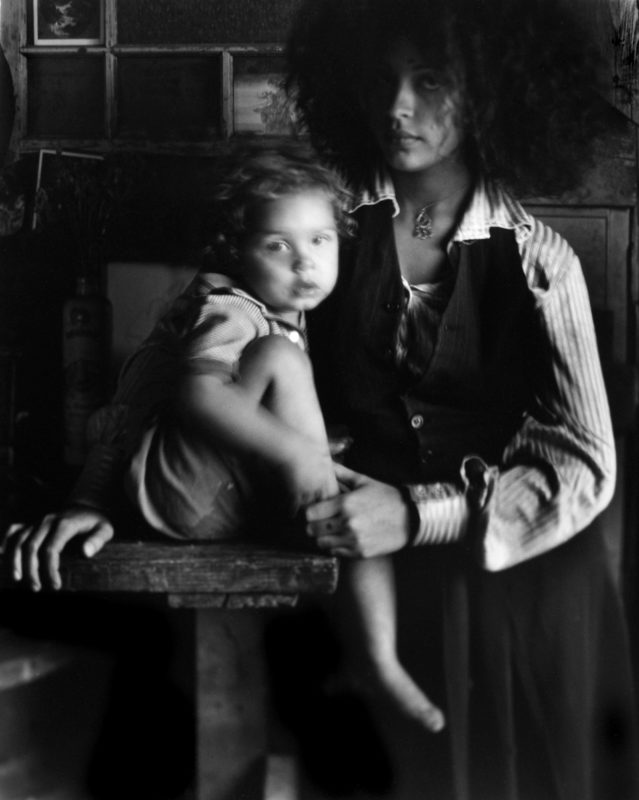
Invented during the birth of the industrial revolution, photography continues to be a critical element of our cultural lifestyle. Its ability to capture time, construct history, and illustrate or manipulate truth and identity helped it climb the ladder of importance in the art world. The evolution of photography is indeed as interesting as the evolution of […]
